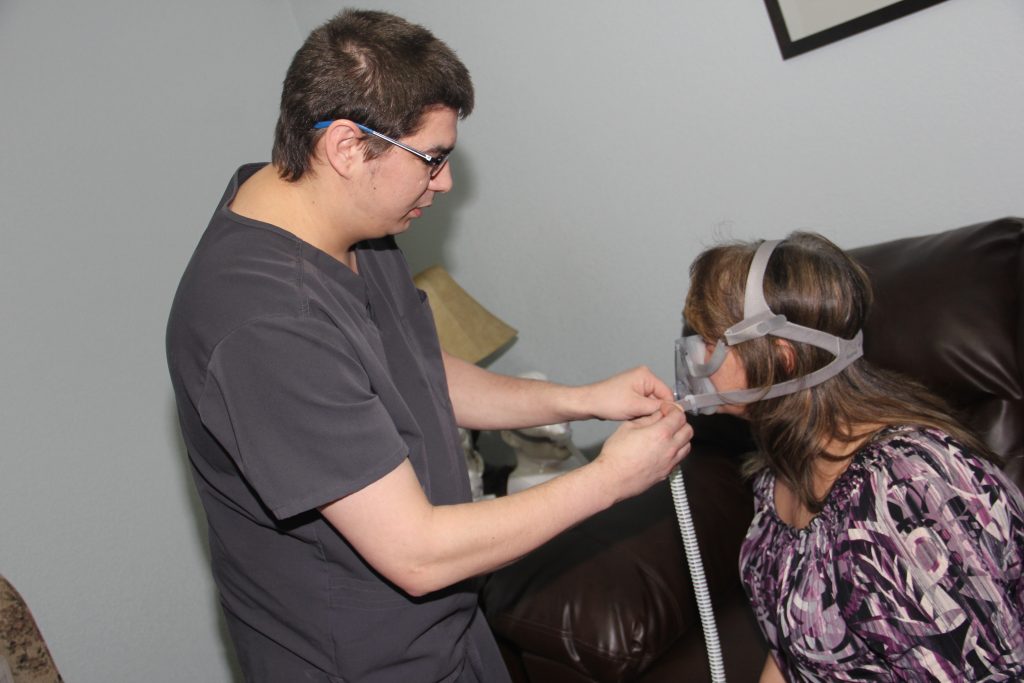
Obtaining the Board Certified in Sleep Medicine credential for a physician requires medical school and a residency specific to sleep disorder prevention. If you are unsure of your career path while in medical school, additional education and training in sleep medicine can provide help to the millions of Americans suffering from sleep disorders.
“Sleep medicine focuses on sleep, sleep disorders, and sleep-related conditions, and is a sub-specialty within several medical specialties, including neurology, pulmonology, internal medicine, and psychiatry.” Aside from sleep care laboratories are sleep centers and sleep clinics.
According to ChooseSleep.org, “board-certified sleep medicine physicians (BCSMPs) specialize in the clinical assessment, physiologic testing, diagnosis and management and prevention of sleep disorders.”
A BCSMPs work can be either through a hospital or clinical program and either involves consultations or interpretations of the study itself. While diagnosing and treating sleep disorders, a positive for sleep medicine practitioners is the variety of symptoms and causes. Additional professional development resources are available to continue education towards advancement in the profession. Sleep conferences are also available to enhance the education with the June 2018 Sleep Conference in Baltimore.
For many clients suffering with a sleep disorder, BCSMPs provide answers and a direction to aid in a restful night’s sleep along with a healthier lifestyle.
Diagnosing a patient’s sleep disorder involves an assessment and evaluation. Part of the client and doctor relationship in diagnosing the disorder is to perform a full physical examination including labs on the patient and have a full understanding of their medical and family history.
Once a patient and BCSMP discuss the issues plaguing their sleep interruptions, a plan is put into place. Determining the next steps is crucial in providing the patient appropriate care which normally includes a sleep study.
Types of sleep studies include polysomnography, multiple sleep latency test (MSLT), maintenance of wakefulness test (MWT), and actigraphy. Common sleep disorders include:
- Insomnia
- Sleep-related breathing disorders
- Central disorders of hypersomnolence
- Circadian rhythm sleep-wake disorders
- Parasomnias
- Sleep-related movement disorders
Determining the best possible study options can be confusing.

- A sleep facility refers to a sleep center that comprise both a clinic, where patients are evaluated, and management occurs and a laboratory where the diagnostic testing is administered through in-center and home sleep apnea testing (HSAT).
- The sleep clinic is an outpatient location where patients with sleep disorders pursue evaluation and treatment; arrange diagnostic testing, and where patient management and follow up care is provided by professional staff. The location can be within the sleep facility, or in a separate off-site physical location.
- A sleep lab is the location is which diagnostic testing is performed; either in-center testing or home sleep apnea testing.
“Sleep-related eating disorder, sleepwalking, nightmares, sleep paralysis, REM sleep behavior disorder, and sleep aggression” are parasomnia disorders that are also treated by a physician accredited in sleep medicine.
After diagnosing, the treatment plan is set to the specific patient. The most common treatment is continuous positive airway pressure (CPAP), a clinically proven treatment option for sleep apnea. “The non-invasive treatment allows a constant flow of pressurized air to keep the throat muscles and air passages from collapsing during sleep and thus preventing snoring and eliminating nightly apnea events.”
Though the CPAP is the first-line of defense for apnea, some patients may be referenced to a dentist for a dental appliance. Many who are uncomfortable with a CPAP machine may be more inclined to start with a mandibular advancement device (MADs) or tongue retaining mouthpieces. A dental appliance option is not meant for those diagnosed with moderate to serious sleep apnea symptoms but a dental treatment option may coincide with a CPAP to help lower blood pressure.
Another alternate treatment may include nasal surgery or an adenotonsillectomy. With adenoids and tonsil removal, this surgery is more often treated in children with OSA, although has been proven effective in some adults. When these tissues become inflamed, they can cause blockage that can lead to obstructed breathing causing OSA. “For OSA sufferers whose symptoms are caused by a deviated septum, enlarged turbinate tissues, or a collapsed or narrowed nasal valve, nasal surgery can often improve one’s breathing, and reduce obstructive events.”
With such a vast spread of treatments, sleep medicine is not only for accredited BCSMPs but sleep technologists as well. “Sleep technologists are allied health professionals who work as part of a team under the general supervision of a licensed physician to assist in the education, evaluation, treatment and follow-up of sleep disorders patients of all ages.” A credential from either the American Board of Sleep Medicine (ABSM), The Board of Registered Polysomnographic Technologists (BRPT), or the National Board for Respiratory Care is required to become a sleep technologist.
The ABSM recognizes sleep technology as a career advancing in the medical field as more clients have an interest in sleep treatment. The NBRC credential is valid for five years and can be maintained by participation in their Continuing Competency Program with three options to maintain: continuing education or one of two exams. We offer three options for maintaining your credentials, one of which involves Continuing Education, while the other two involve examination.
The choices and educational options to enter the field of sleep medicine are vast and provide advancement throughout your career. The BRPT lists the pathways to become a highly trained sleep professional.
Interested in an exciting career in sleep medicine? The Alaska Sleep Clinic, the most comprehensive sleep center in Alaska that is accredited by the American Academy of Sleep Medicine (AASM), has job openings listed online. For those suffering from a sleep disorder, telemedicine is beneficial to patients in isolated communities and remote regions, who can receive care from doctors or specialists far away without the patient having to travel to visit them.










